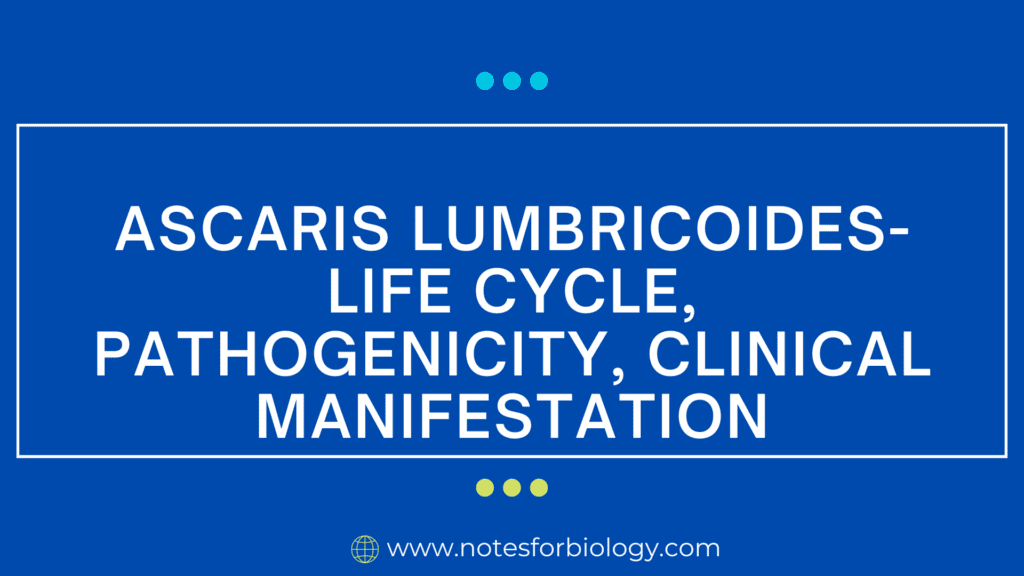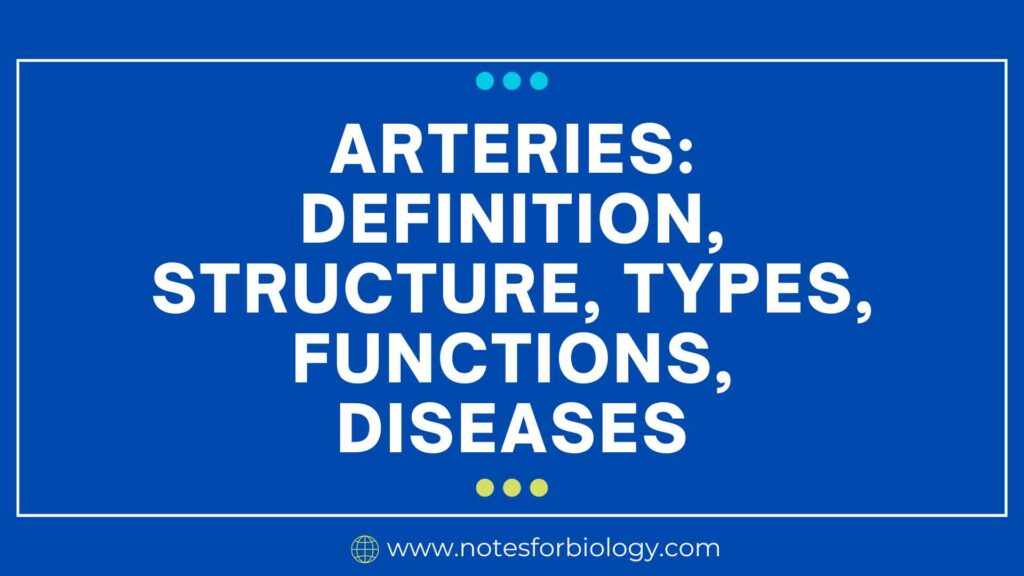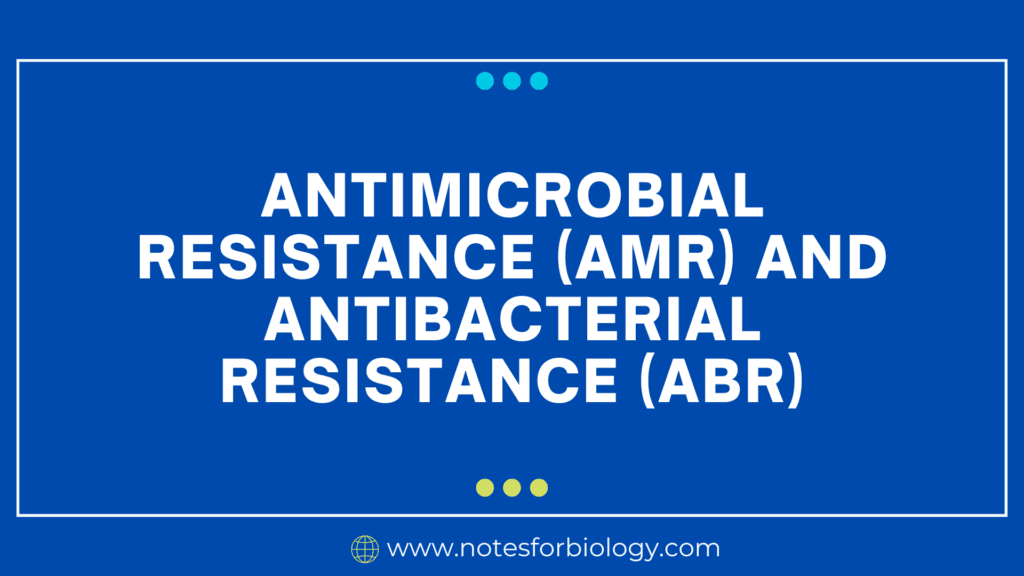Asexual vs. Sexual Reproduction: 16 Differences, Examples
Asexual vs. Sexual reproduction are the two primary ways that organisms reproduce. In stable circumstances, asexual reproduction, which involves a single parent and produces genetically identical offspring, ensures rapid population expansion. This technique is widespread in microorganisms, some plants, and some animals, including hydras. On the other hand, two parents are needed for sexual reproduction, […]
Asexual vs. Sexual Reproduction: 16 Differences, Examples Read More »










